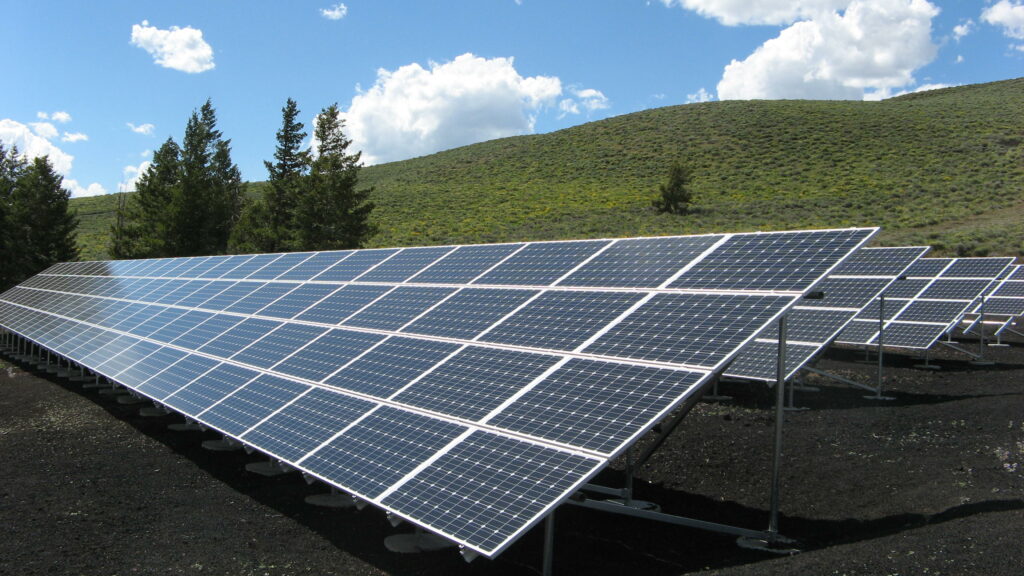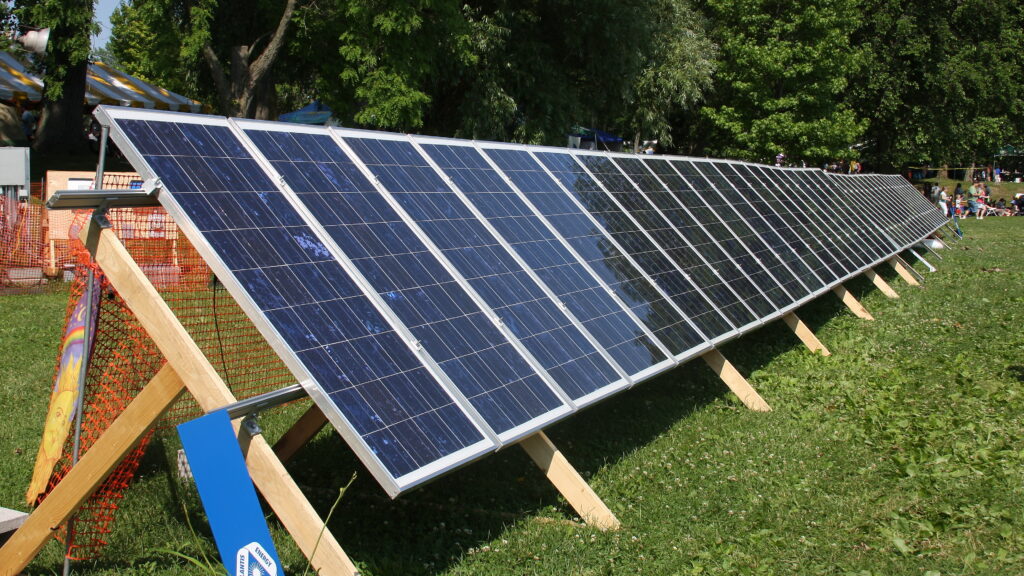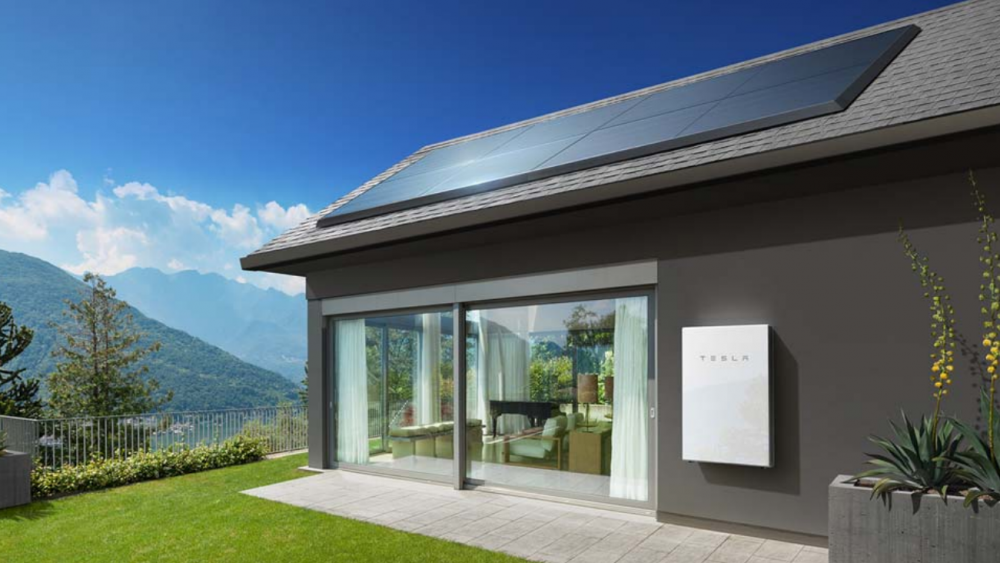
If you’re like most green homeowners considering solar power, you naturally want to know: How long do solar panels last?
With the significant financial investment you’re about to make with a residential rooftop or ground mount solar array, you deserve to get a trustworthy and accurate answer to this question.
The answer about how long solar panels last partially determines your payback period for the solar panels. This is something you’d like to know before reaching for your credit card or checkbook.
As important as knowing your return on investment is being able to predict how much mileage you’d be able to get out of the solar modules. Then you’d be able to plan better to meet the continuing energy needs of your family in the near and distant future.
In this article, you’ll discover how long solar panels last. But there’s more to that answer than just a number.
You’ll find out about all the factors — some of which you can control both before and after purchase — that directly affect the functional lifespan of your solar panels.
You will also get some tips to maximize the life of your solar panels.

Table of Contents
How long do solar panels last?
In 2021, most solar companies selling monocrystalline or polycrystalline solar panels claim that their modules will work at 80% efficiency or higher for 20-25 years. Your performance warranty (different from the equipment warranty) should state this clearly.
When the panels are below 80% efficient, they’re considered spent, and it’s time to replace them or just live with the drop in energy output (and higher electric bills).
PV panel degradation — referring to the loss of energy production over time — is, on average, 0.5% each year. This means you shouldn’t expect a huge drop down to 80% efficiency or less in the first couple of decades after installation.
In fact, depending on several factors discussed below, solar panels could theoretically operate at 80%+ efficiency for a decade or more after their warranty expires. You have some control over this, too.
In other words, you can still get significant power output from a solar system that’s over 30 years old. It may not be as much as it generated in the first decade or two of its life. But whatever your older panels produce will help lower your electric bill somewhat if you’re not able to replace the array anytime soon.
Alternatively, after 30+ years, it may be time to replace your roof. A Tesla solar roof may be worth it for the next 30+ years of home renewable energy.
Whatever you decide about the home solar that’s right for you now and in the future, note that how long your PV modules last is not dependent on how many panels your system has or how much electrical power it generates.
What factors affect how long solar panels last?
There are many factors that affect how long solar panels last. The most important include the:
- Rate of panel degradation from normal climatic conditions and extreme weather events
- Quality of your photovoltaic modules and solar inverter
- Regular cleaning and system maintenance (if necessary).
1. PV module degradation from climate effects and weather extremes prevents panels from lasting longer
There are several types of solar panel degradation but all are related to temperature stress or water infiltration.
Solar panels perform better in moderately cold, dry, windless climates. In these conditions, they may lose only 0.2%/year in efficiency instead of the average of 0.5% or more. Once you add in lots of snow or wind, however, their ability to produce electricity can drop by a full 1%+/year.
Heat stress leading to thermal resistance in the system’s wiring becomes a serious problem in solar arrays in very hot and humid climates. Panel efficiency will decrease as a result, possibly by 1%+/year.
Under both climate types, moisture can intrude into the inner components of your panels, leading to energy production losses.
During polar vortex, heat dome, or massive flooding events, expect a significant drop in solar power production. If you’re connected to the public utility grid, your solar array will automatically be cut off completely in power outages, bringing solar energy production down to zero.
Wildfires send tons of ash and other fine dust particles up to thousands of miles away. This particulate pollution will settle on your panels. As a result, expect drastic dips in energy output that could extend into weeks or months.
2. High PV module and inverter quality makes panels last longer
PV panels that have been designed and built well last longer than those of poorer quality. Of course, many superior modules are at the higher end (22-23%) of panel efficiency due to monocrystalline silicon. Unless levels of degradation are very high, it will take longer for top-of-the-line modules compared to inferior panels to drop to 90% or less system efficiency.
What is also important to consider when it comes to PV panel quality are the features built into the panels to prevent leaking of electrical current from the silicon cells to the glass, frame, or mounting rack. The latest anti-reflective coating (ARC) will also boost light absorption by the PV cells and increase efficiency.
Before deciding on a PV module for your system, inquire about all these features and how effective they are in reducing degradation to see if they merit a higher price tag.
Your array’s solar inverter performs the major task of actually converting solar DC to the AC current needed for the proper operation of most household appliances. Just like your panels, there are higher and lower quality inverters. If their efficiency is on the low end, which is likely for devices with warranties of less than 12 years, expect that your panels won’t last as long as a system connected to a superior inverter.
3. Regular cleaning and maintenance of panels makes solar last longer
If your panels are dirty, shaded, or blocked by fallen objects, energy output will decrease, possibly by 10% or more. Once they are cleaned and unblocked, and assuming they haven’t been damaged, energy output should rebound to what it was before.

Tips for making solar panels last longer
There are several things you can do both before installation of your system and after the switch is turned on to make solar last longer at your home.
1. Purchase the highest quality solar panels and inverter you can afford.
This way you’re starting out at the best efficiency level on the market. Small but incremental drops in energy output over time due to natural degradation won’t matter as much to your overall energy production. Be sure those panels have all the characteristics that the industry offers at the moment to reduce degradation’s nasty effects.
2. Purchase an online monitoring system for your solar panel production.
Different levels of monitoring are available. Some detect only the total power production per string of several panels. Others capture the workings of every single module. You will be able to note changes over time, as will your solar company. When you notice any big drop in energy production, you know it’s time to call for help (unless your solar installer hasn’t already spotted it first and alerted you).
3. Leave at least a few inches of space between your roof and the solar panels for heat dissipation, or get a ground-mounted system.
Although it may seem counterintuitive, heat is your worst enemy when it comes to solar energy production. When it’s hot outside, thermal resistance in the wiring reaches high enough levels that it reduces energy production.
However, too much space makes your array vulnerable to damage in heavy winds. If possible, a ground mounted system may be your better option, especially if you live in a hot-weather or windy state.
4. Paint a white coating on your roof under your solar panels to cool the underside.
White roof coatings will significantly cool the roof. Consequently, this will limit the loss of panel efficiency due to high heat under and around the panels. It will also help lower thermal cycling of PV panels caused by extreme temperature changes, leading to module degradation. Alternatively, choose light-colored shingles rather than black or gray.
5. Capture reflected sunlight by choosing bifacial panels or CPV.
One-sided PV panels absorb only a fraction of all the radiant energy falling on them. Albedo (reflected) light is mostly lost. Two-sided panels (bifacials) or concentrated PV (CPV) using mirrors or lenses will help capture the reflected light and increase both panel efficiency and power output significantly. Although bifacial panels are becoming more common and less expensive, CPV is still considered cost (or space) prohibitive for average homeowners.
6. Regular cleaning and maintenance ensures that your solar panels will last long.
If you live in an area with little regular rainfall or with high pollution levels, cleaning your panels regularly will keep energy output high. Since PV modules by themselves have no moving parts, there are fewer reasons for something to malfunction. However, if your online power production monitoring system fails or indicates a problem, call a solar technician in for a check.

Key takeaways on how long solar lasts
Before investing in solar panels, you have questions about how long solar panels last. Knowing how long you can count on getting the maximum amount (or close to it) of solar power from your array helps you calculate when the PV system will begin paying for itself. It will also allow you to plan ahead regarding long-term home energy costs.
Solar technology is constantly improving so how long solar systems last should increase with better PV panels. For right now, it’s about 25 years.
There are many factors — some under your control and some that aren’t — which influence your solar array’s performance. This article discusses many of them.
When you follow the tips offered to optimize the functional life of your solar panels, you’ll be more likely to benefit from home solar power for decades to come — even after your warranty expires.